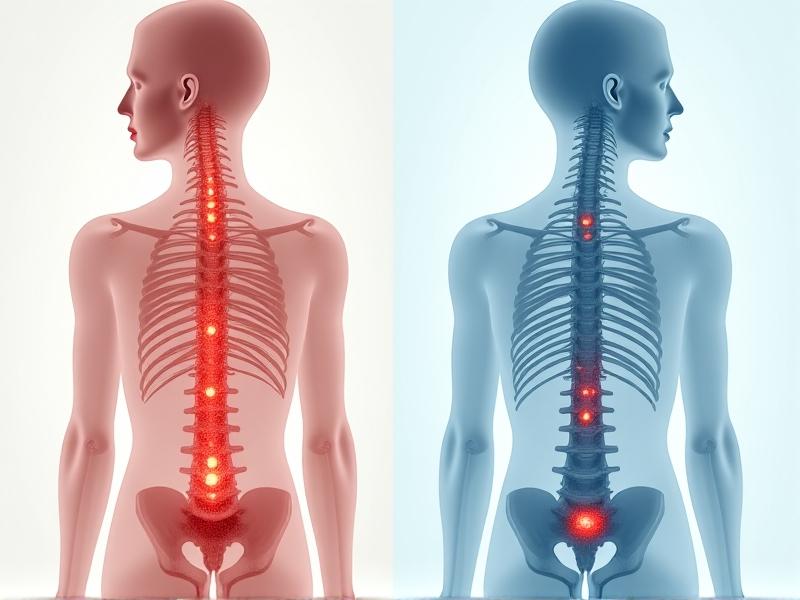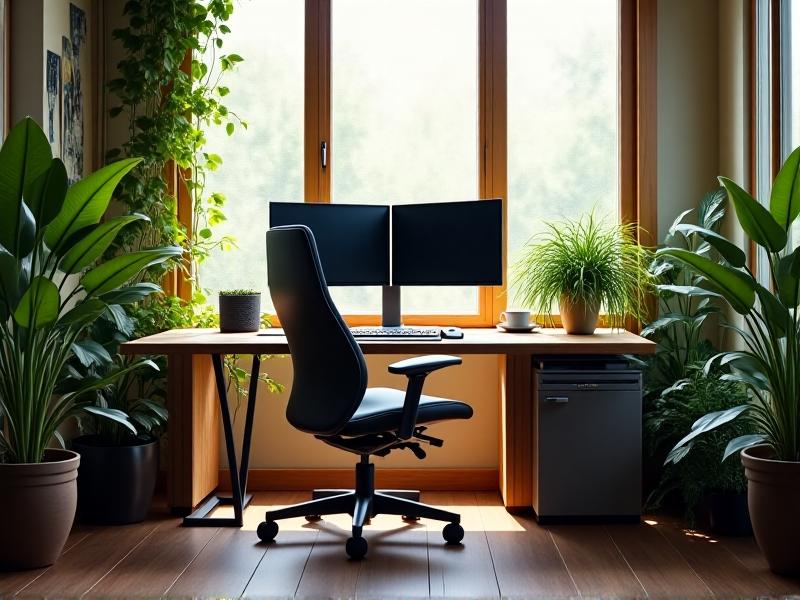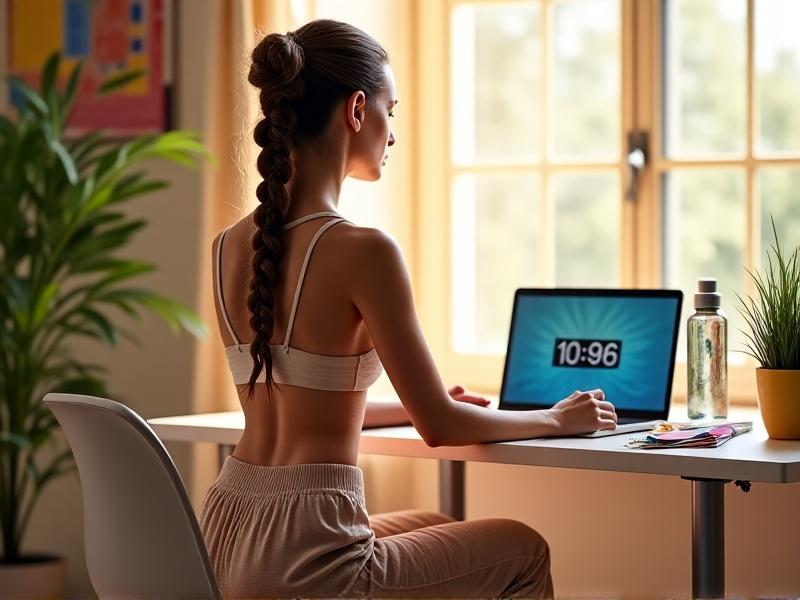```html
The Hidden Epidemic: Why Posture Matters After Work

Modern lifestyles blur the lines between work and leisure, especially as screens dominate both domains. After clocking out, many transition seamlessly to scrolling social media, gaming, or binge-watching—often in positions that exacerbate the physical strain of the workday. The average adult spends over 6 hours daily on screens outside of work, compounding the risk of chronic posture-related issues. Unlike office setups, post-work environments rarely prioritize ergonomics. Couches, beds, and armchairs encourage slouching, while handheld devices force necks into prolonged flexion. Over time, these habits reshape the body: tightened chest muscles, weakened upper back, and spinal misalignment become the new normal—often accompanied by headaches, reduced mobility, and joint pain.
The Anatomy of a Slouch: How Screen Time Warps Your Body

Every inch of forward head posture adds 10 pounds of pressure on the cervical spine—a statistic that underscores the mechanical toll of screen slumping. When leaning over a phone or laptop, the trapezius and levator scapulae muscles become overactive, while the deep neck flexors weaken. This imbalance pulls the shoulders forward, creating a rounded upper back (kyphosis) and reducing ribcage expansion. Meanwhile, the lumbar spine often compensates by flattening or over-arching, leading to lower back pain. Nerve compression from misaligned vertebrae can cause radiating numbness in the arms or legs. Worse still, prolonged sitting reduces blood flow to spinal discs, accelerating degenerative changes. The body adapts to these positions, making “standing tall” feel unnatural without targeted intervention.
Ergonomic Myths vs. Reality: Setting Up Your Home Workspace

Many assume ergonomics ends with a “comfortable” chair, but true posture support requires dynamic adjustments. A common myth is that reclining is restorative—but leaning back without proper lumbar support strains the lower spine. Similarly, placing monitors too low (common in laptop use) forces neck flexion. The ideal setup aligns the top third of the screen with eye level, elbows at 90 degrees, and feet flat on the floor. However, static “perfect posture” is another myth; alternating between sitting and standing, or using a saddle stool to engage core muscles, proves more sustainable. Wireless peripherals allow frequent position shifts, while monitor arms enable tilt adjustments to reduce glare. Even non-work spaces benefit from tweaks: tablet stands for recipe browsing or sofa-side laptop trays can mitigate slouching.
Microbreaks and Movement: Counteracting Sedentary Screen Habits

Research shows that taking a 2-minute movement break every 30 minutes reduces muscle fatigue and improves circulation. Effective microbreaks combine stretching and strength: chin tucks to counter forward head posture, doorway chest stretches to open tightened pecs, or glute bridges to activate dormant hip muscles. Apps like Stand Up! or StretchMinder prompt hourly reminders, while smartwatches nudge users to stand. During streaming marathons, use credits or buffer times for calf raises or wall angels. Even fidgeting—tapping feet, shifting weight—boosts calorie expenditure and muscle engagement. Pair these with hydration habits; reaching for a water bottle naturally encourages standing and walking. Over time, these micro-actions rebuild body awareness, making slouched positions feel uncomfortable.
Digital Detox and Posture: The Mind-Body Connection
Stress from constant connectivity manifests physically as shallow breathing and hunched shoulders—a primal “protective” posture. Digital detox practices, like evening screen curfews or tech-free weekends, reduce cognitive overload, allowing the body to reset. Mindfulness techniques enhance posture by fostering interoception (awareness of internal sensations). A 5-minute body scan meditation can reveal tension in the jaw or hips, while yoga nidra promotes spinal decompression. Additionally, blue light reduction improves sleep quality, which is critical for muscle recovery. Replace pre-bed scrolling with reading (using a book stand) or guided breathing exercises. This mental shift reframes screens as tools rather than anchors, creating space for posture-friendly activities like cooking or walking.
Building Sustainable Habits: Posture Protection Beyond Quick Fixes
Long-term posture health requires embedding awareness into daily rituals. Start mornings with a “posture primer”: 3 minutes of thoracic spine rotations and scapular squeezes. Use visual cues—a sticky note on the fridge or a smart bulb that changes color when slouching—to reinforce upright positioning. Invest in tools that encourage active sitting, like balance cushions or kneeling chairs. Strengthen foundational muscles through Pilates or resistance training, focusing on the posterior chain (glutes, hamstrings, upper back). For tech enthusiasts, posture-tracking wearables like Upright or Lumo Lift provide real-time feedback. Crucially, reframe posture as a dynamic process rather than a fixed state: celebrate small wins, like catching a slouch mid-text, to build lasting change.





